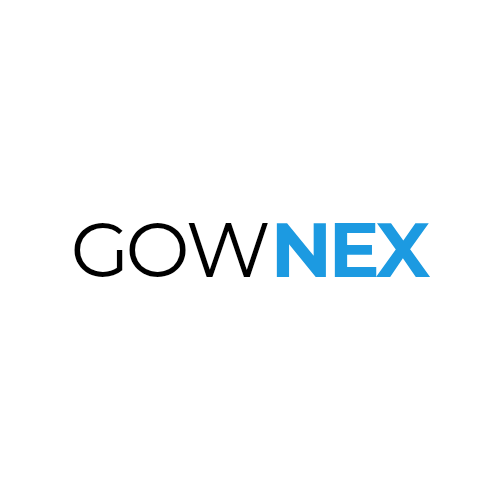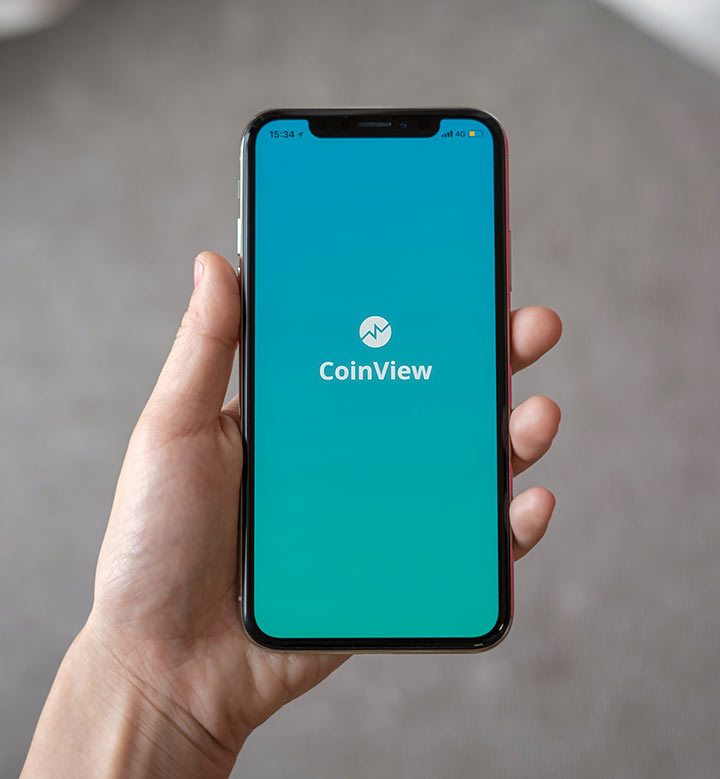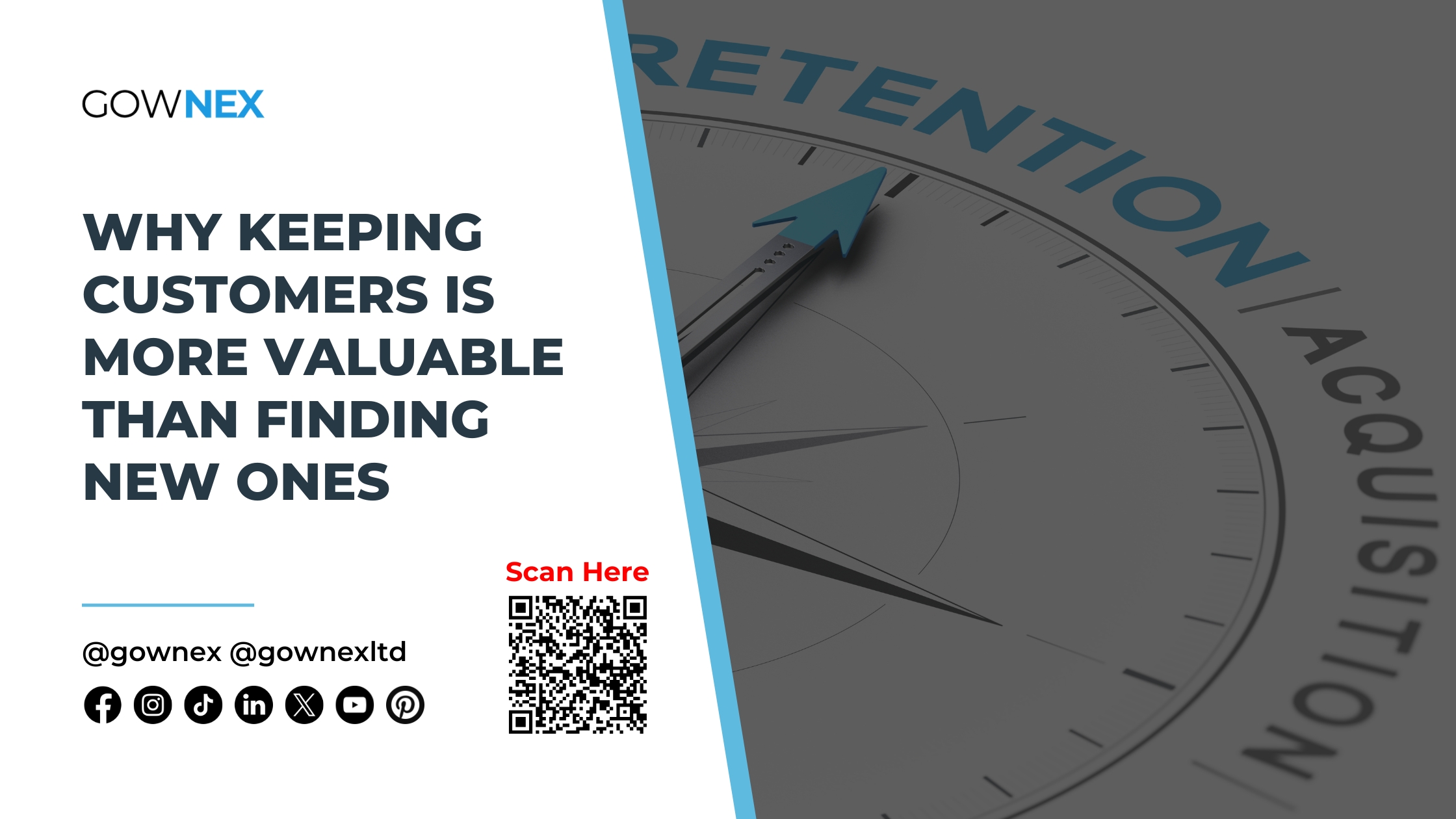Why Keeping Customers Is More Valuable Than Finding New Ones
When it comes to growing your business, which is more important: holding on to your current customers or getting new ones? This is a question many companies in fast-growing industries like SaaS (Software as a Service) often struggle with.
While acquiring new customers might seem like the obvious path to growth, it’s important to remember that keeping your existing customers is not only easier but also more cost-effective.
In the research done by Frederick Reichheld of Bain & Company, it was quoted that acquiring a new customer can be 5 to 7 times more expensive than retaining one you already have. Specifically, in the SaaS world, it can cost 4 to 5 times more to attract new customers than to keep the ones you already serve.
Why It’s More Expensive to Gain New Customers
Brand Loyalty
The cost of gaining a new customer goes up, especially if your services/products require that your potential customers will have to see some proof of results before they can trust you enough to work/transact with you. Just like people are more likely to buy from brands they know and trust. This is why it’s often easier and cheaper to keep a loyal customer than to convince a new one to buy. In SaaS, for instance, existing customers who trust your brand are more likely to stick around and make repeat purchases, especially if they’ve had a satisfying experience transacting with you or your business.
Marketing and Advertising
To get the word out and reach new customers, you have to spend money on marketing and advertising. This could include paid ads on platforms like Google or social media, partnerships, or even influencer marketing. For some companies, these costs can quickly add up. Assume you want to write blog posts, compensate people to review your products or services, or get featured on other websites. All of these can add additional layers of expense.
More Resources Needed
Getting a new customer is a lot of work. Depending on your marketing strategy, you might need a team that will be dedicated to helping you find leads, reach out to potential clients, and convince them that your product is the right fit.
These sales/marketing teams spend time on calls, follow-ups, and nurturing these leads, all of which can eat into your resources (especially monetary). Additionally, many companies invest in teams to help onboard new customers and ensure they get maximum experience using their products or getting served (service rendering).
Campaign Targeting
When new businesses advertise, they often cast a wide net. That is, they are often tempted to target a broad audience (who are not necessarily potential customers). Without enough understanding of their target market, they can struggle to create effective ads that resonate with potential customers. On the other hand, retaining existing customers allows businesses to learn more about what their customers like and need, which can be helpful to increase the effectiveness of future campaigns.
Time Before Profit
In some industries like SaaS, the cost to acquire new customers can be high; it often takes a few years for new customers to start generating a profit. For example, if the cost to acquire a new customer is $3,000, but that customer only pays $1,000 per year, the company needs the customer to stick around for several years to make up that cost and start seeing a profit.
How Customer Retention Improves Your Business’s Bottom Line
Studies have shown that increasing your customer retention by just 5% can boost your profits by 25% to 95% over time. Here’s how retaining your customers can work in your favour:
Cross-Selling and Upselling
Loyal customers already know and trust your brand, which makes them more likely to buy additional products or upgrade to a higher-tier service. For example, if you offer a range of products, you can easily suggest new add-ons or features to customers who are already familiar with your brand. Research shows that existing customers are 50% more likely to try new products and spend 31% more than new customers.
Fewer Resources Needed
Retaining customers generally requires less effort and fewer resources compared to acquiring new ones. For example, your customer success team may only need to check in periodically, and your support team can address any issues that arise. You might also offer small incentives like discounts or gifts to keep them happy. These measures are often far less expensive than spending money on ads or using up resources to acquire new customers.
Final Thoughts
It’s important to recognize that a business can’t thrive without attracting new customers. The key isn’t choosing between customer retention or acquisition, but balancing both efforts. But when choosing how much to spend to acquire or retain customers, it’s important to consider a customer’s lifetime value (CLV). CLV can vary for each company and even for different products or services within the same company.
Depending on your industry and business size, you might want to try some of these different strategies/tools to help you make informed decisions on your customer retention and acquisition performance.
The following strategy/tools can be useful;
- Customer Feedback and Engagement Tools:
- Surveys and Feedback Forms: Gathering customer feedback through surveys and feedback forms can provide valuable insights into customer satisfaction and loyalty.
- Social Media Monitoring: Monitoring social media conversations and customer reviews can help identify potential issues and opportunities to improve customer experience.
- Customer Segmentation Techniques:
RFM Analysis:
Recency, frequency, and monetary value analysis helps segment customers based on their recent purchases, purchase frequency, and total spending.
Cohort Analysis:
Analyzing groups of customers who share similar characteristics (e.g., joined at the same time) can reveal trends and patterns in their behavior and CLV.
- Predictive Modeling and AI Tools: AI-powered tools help give insights in predicting future customer behavior and CLV based on historical data and machine learning algorithms.
- Business Intelligence (BI) and Analytics Platforms: BI tools like Tableau, Power BI, and Qlik Sense can be used to gain in-depth data analysis and visualization, enabling the identification of trends and patterns related to customer behavior and CLV.
- Customer Relationship Management (CRM) Systems: CRM systems like Salesforce, HubSpot, and Zoho CRM are designed to manage customer interactions and data, including purchase history, demographics, and engagement metrics.
In conclusion, understanding the worth of each customer is key to making smarter, more profitable decisions that help grow your business over the long term.
Discover more from Gownex Agency
Subscribe to get the latest posts sent to your email.








